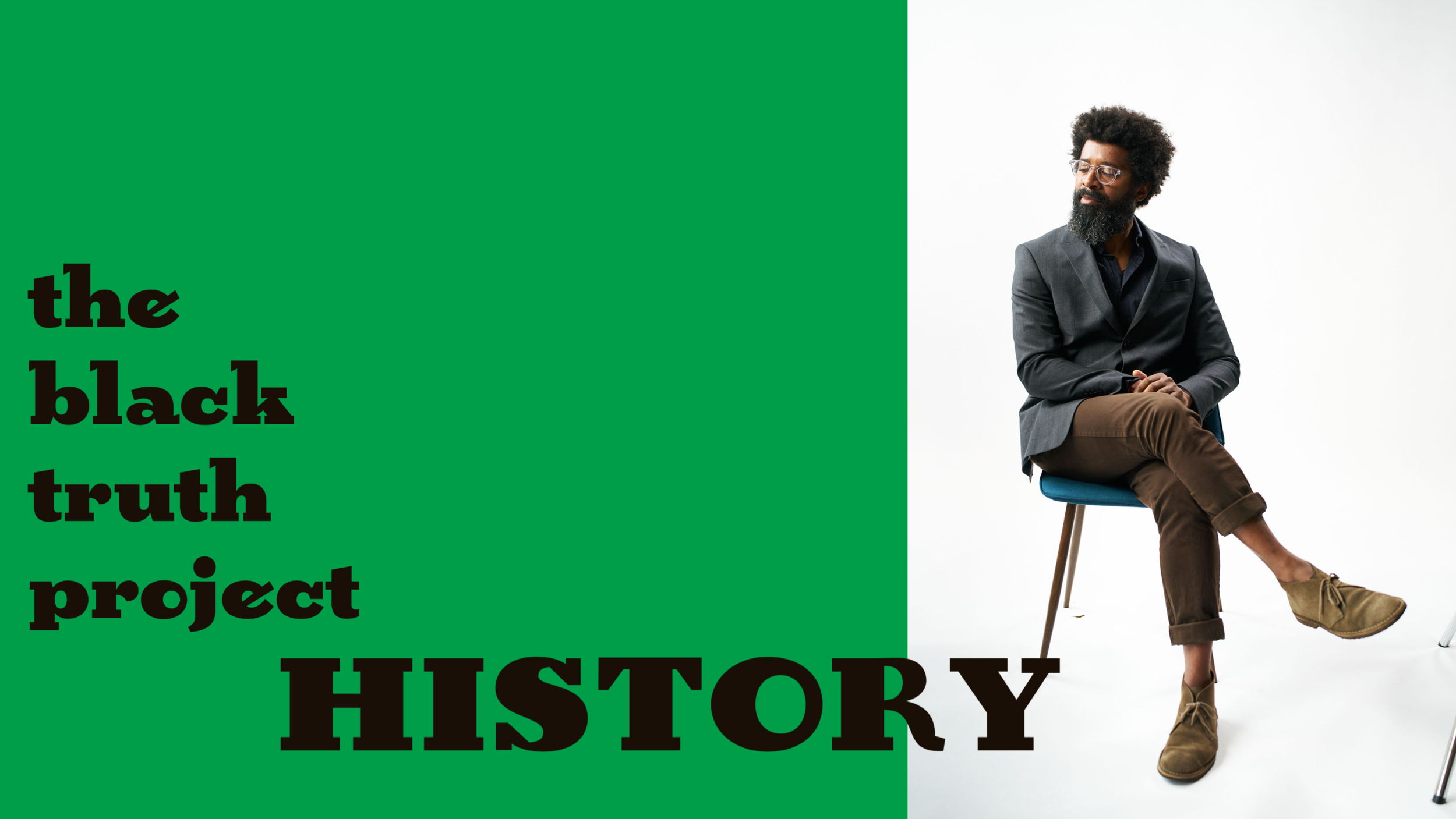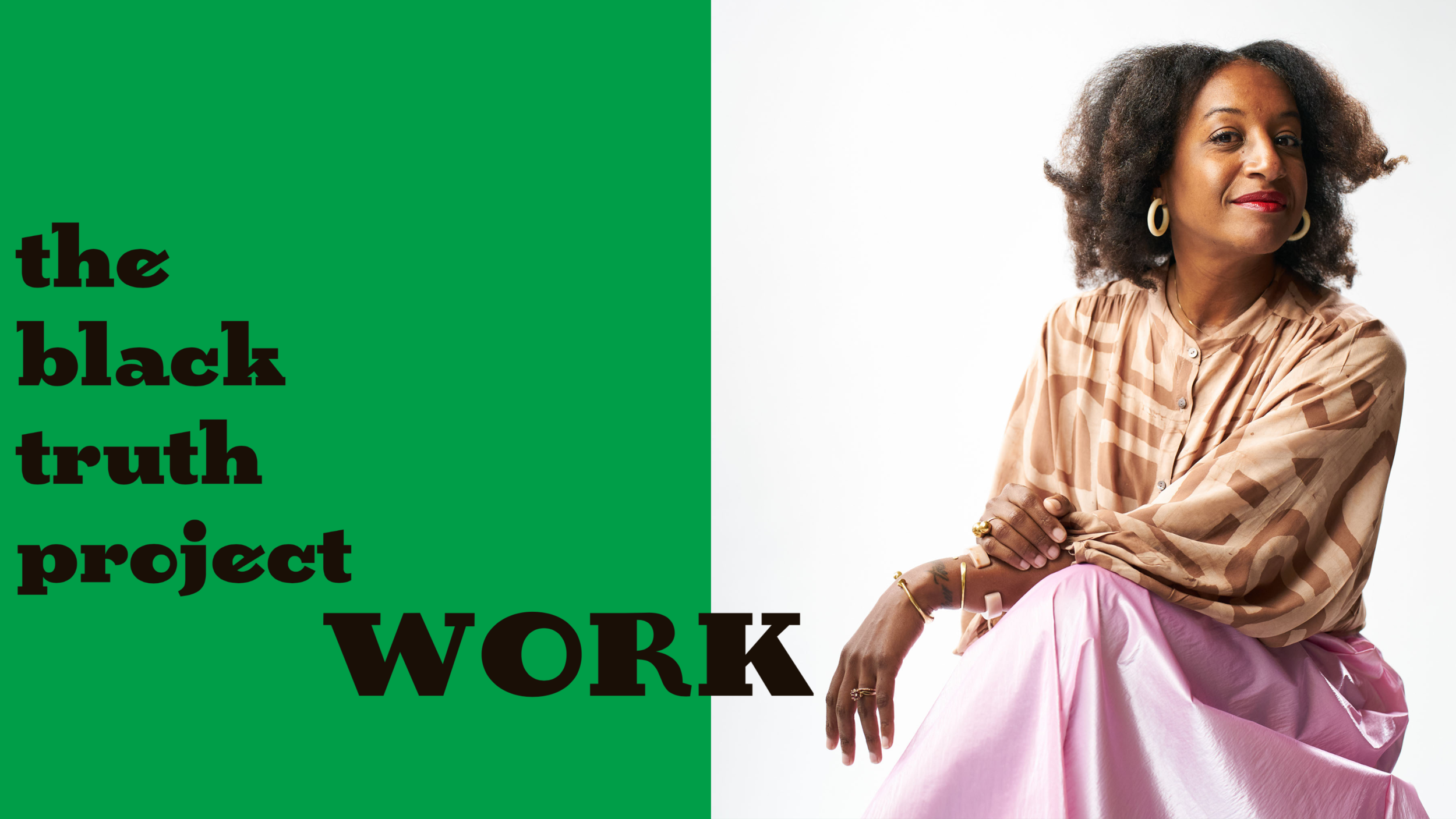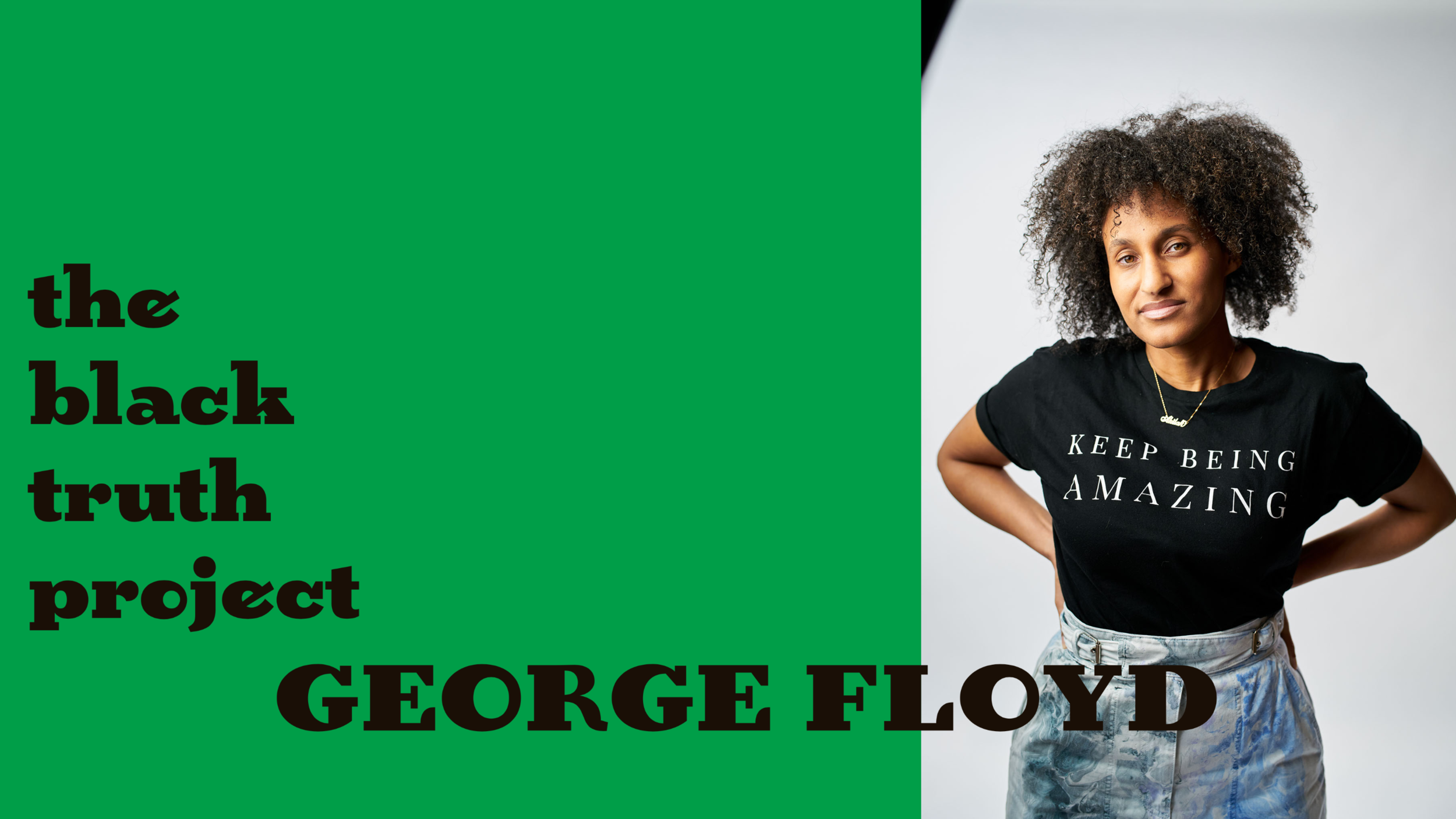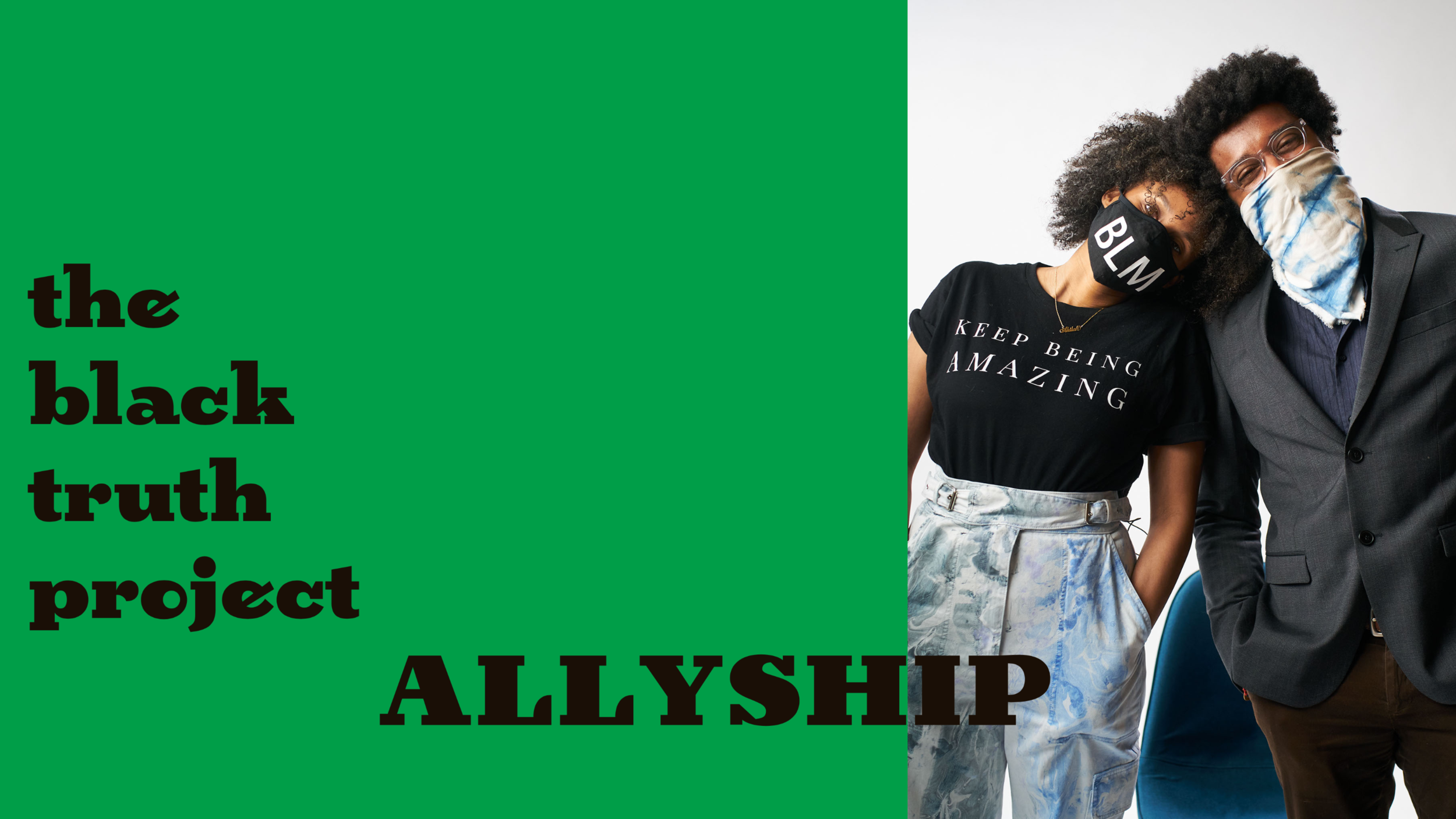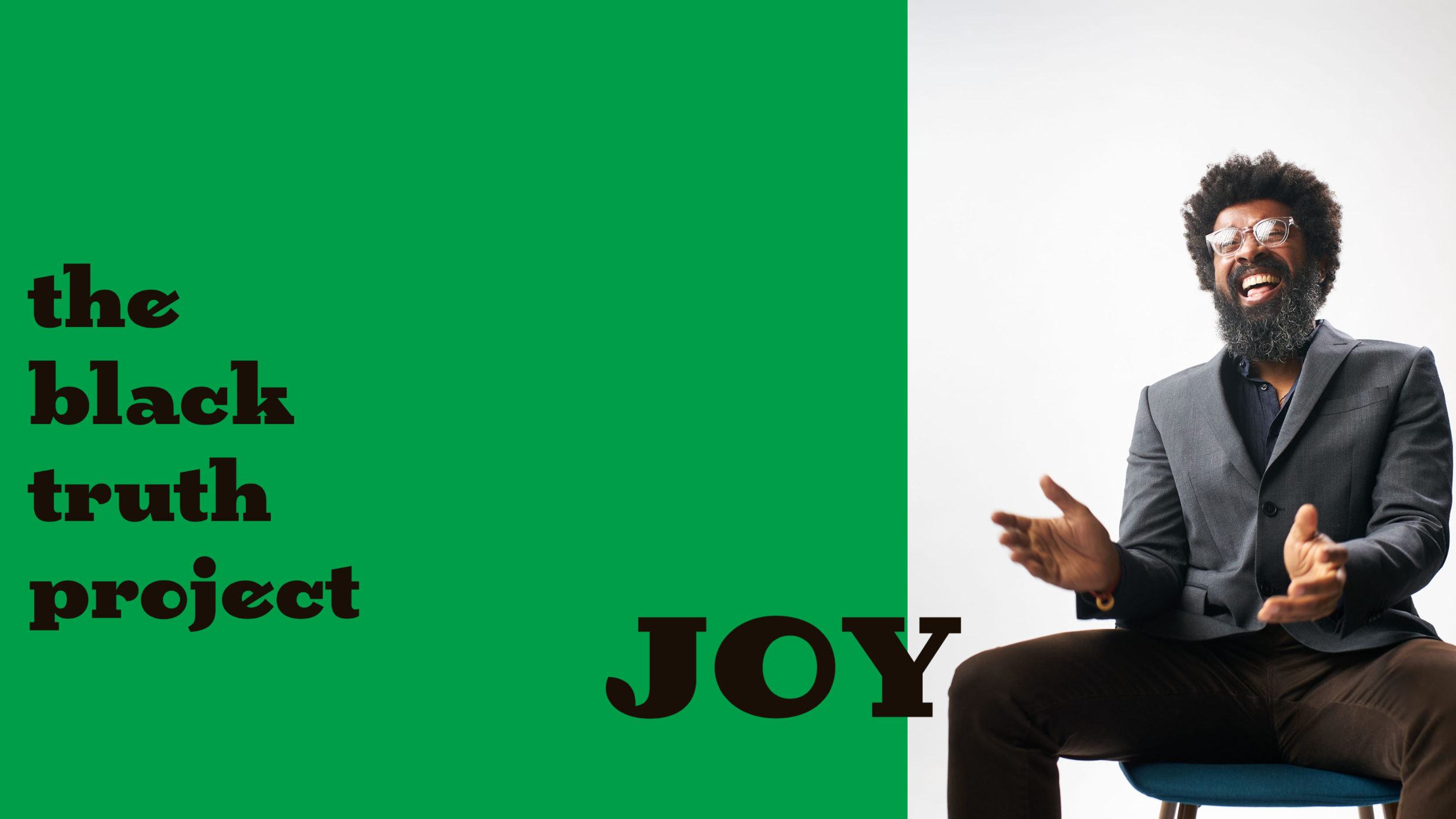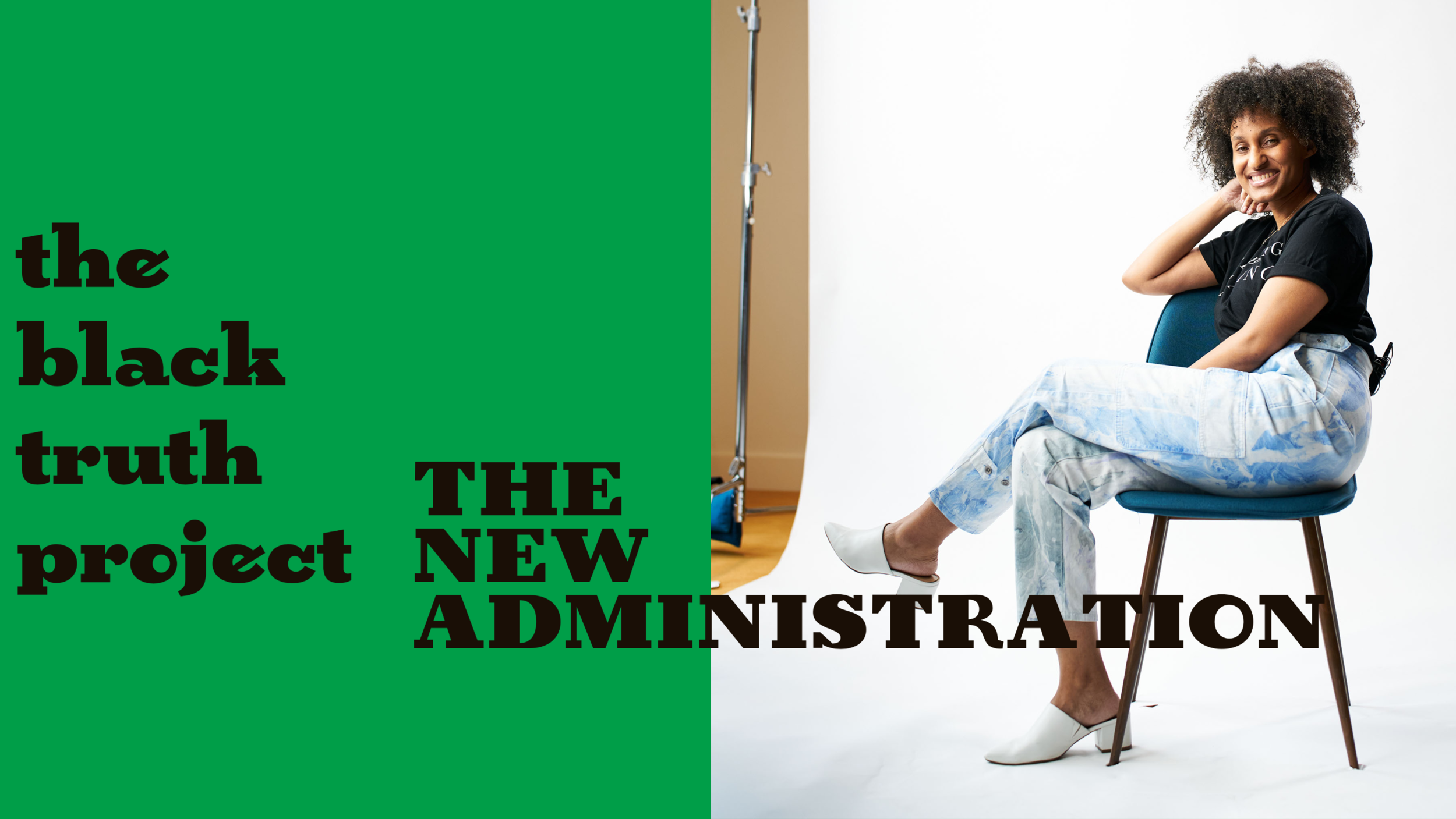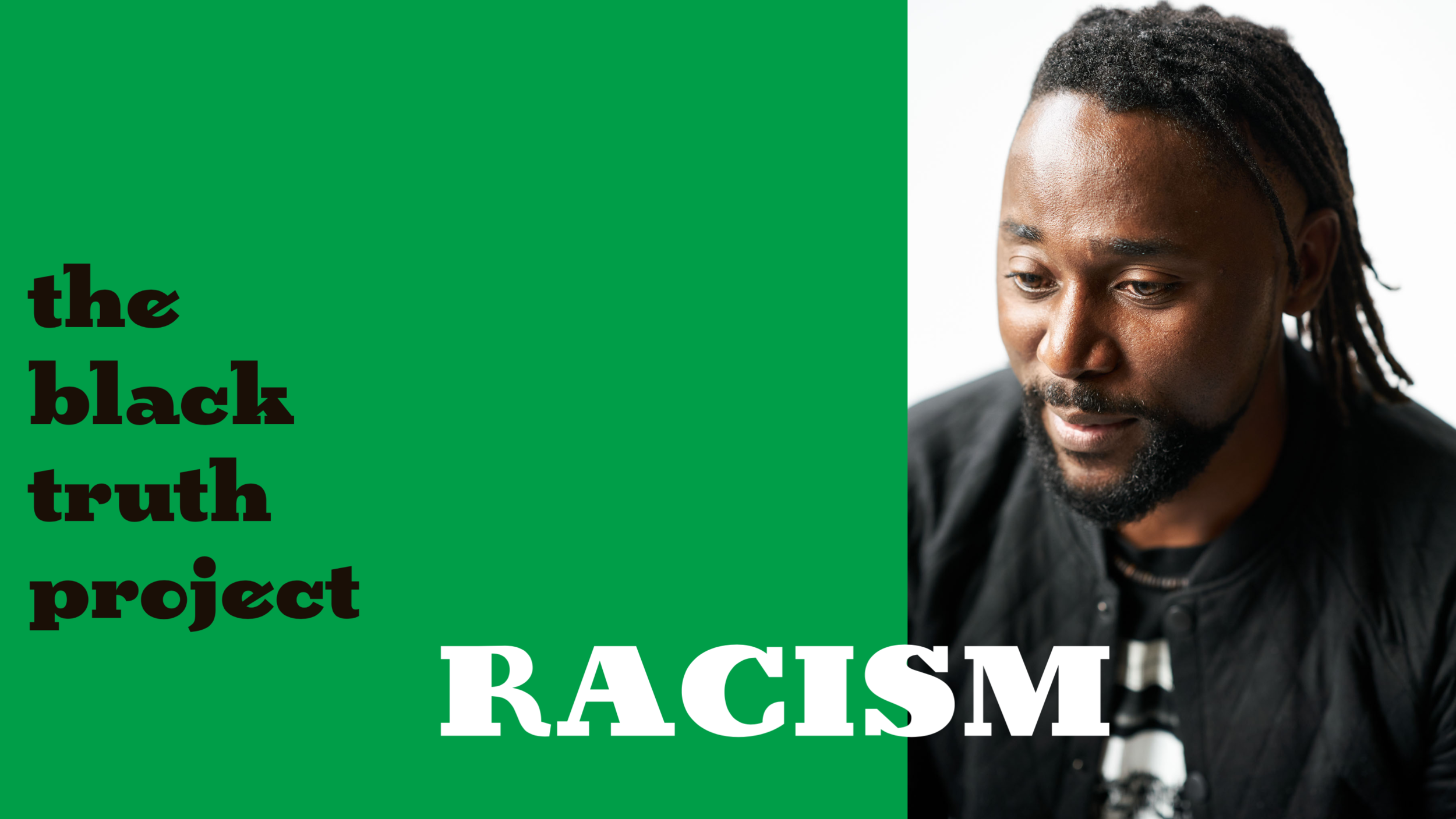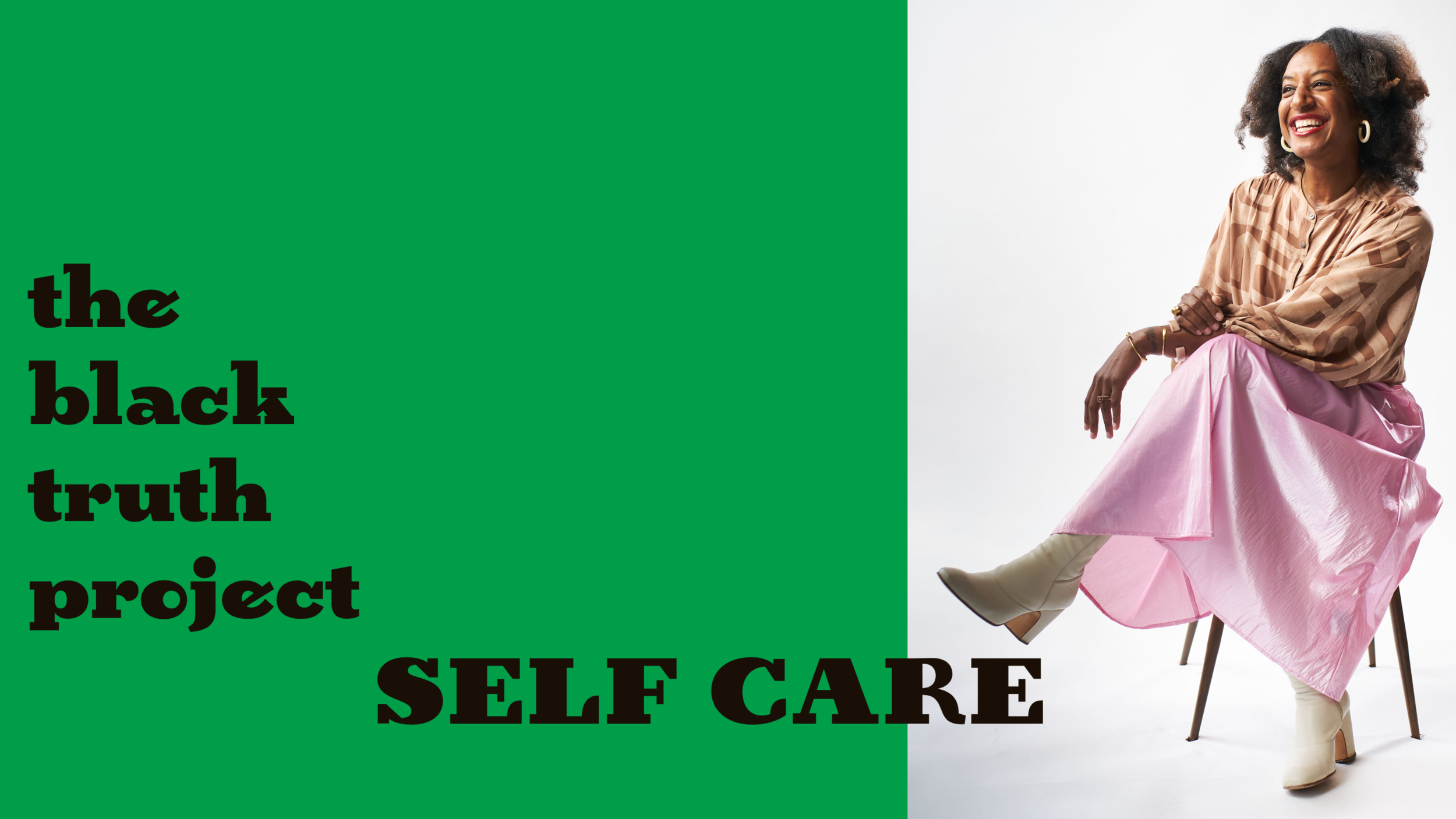
On May 25, 2020, George Floyd was murdered by Minneapolis police officer Derek Chauvin, who handcuffed him and kneeled on his neck until he died. The brutal, 8-minute-long-video was beamed to nearly every single phone on the planet.
“White people were like, ’Oh, shit, what is happening? We need to do something. I thought I was doing something. What can we do?’” recalls Dr. Akilah Cadet. “So that compounded with the pandemic and people being at home—not able to brunch, go on vacation, to soccer practice—people had to sit in the fact that America was not as inclusive as they thought….That white supremacy still lives.”
Dr. Cadet has dubbed it The Summer of Allyship. “All summer we had white people, allies, and non-Black people who were going to this workshop, reading that book. We saw the New York Times Best Sellers list: Black, Black, Black, Black, Black. We had all of those books and people are learning. They’re listening to podcasts. They were showing up in different ways and asking how to help….”
“The Summer of Allyship is a form of privilege that we won’t have as Black people. We don’t get a break from that. We have to have the Summer of Allyship on a daily basis for each other, for ourselves and for our community.”
-Dr. Akilah Cadet
But then, when school was back in session, the restaurants opened, and the sporting events started up again, “it just fizzled out. Everyone forgot about it. So that’s why I call it the Summer of Allyship. Because there was that awakening, there was that allyship and some advocacy, but then it felt like an inconvenience.”
“The Summer of Allyship is a form of privilege that we won’t have as Black people. We don’t get a break from that. We have to have the Summer of Allyship on a daily basis for each other, for ourselves and for our community.”
WATCH DR. AKILAH CADET’S FULL BLACK TRUTH VIDEO HERE.
For George McCalman, the response to the murder of George Floyd simply amplified the fact that Black and non-Black people exist in completely different realities.
“Black people, who are war veterans, are looking at white people being toddlers in their dawning awareness of just how screwed up our society is and how much work we actually have to do,” says McCalman. “You have this huge ocean between us, and last summer, it was just finally there in front of everyone, just how distinctly different our experiences and our awareness and our lives are. And this idea that we’re all in this together was just nonsense.”
“Black people, who are war veterans, are looking at white people being toddlers in their dawning awareness of just how screwed up our society is and how much work we actually have to do.”
-George McCalman
“Frankly, white people were experiencing this kind of new wave of emotion for the first time and the only reason it was happening was because of the pandemic—that people could not look away. So, they were just in their feelings because they were trapped,” says McCalman. “And no one could distract themselves, that there was nothing else to see. You couldn’t get on a plane and go, and go on a trip to Mexico to get away from what looking at George Floyd’s horrific murder produced in you.”
Watch GEORGE MCCALMAN’s full Black Truth Video here.
“You realize in that simple moment, a lot could happen...I am just a Black man when I’m out there. It doesn’t matter.”
-Peter Limata
For Peter Limata, who was still himself acclimating to what it means to be a Black man in America, the murder of George Floyd had a profound—and very specific—effect. In that video of George Floyd’s murder, Peter couldn’t help but notice a small detail. “I have that sweater that he was wearing,” he says. “And it’s just a moment that you realize this is somebody who has feelings like I do, who has habits in common with me, and so many things, and you realize in that simple moment, a lot could happen. I wear that sweater and I look at it. Every time I touch it now, it’s just this little feeling of, I am just a Black man when I’m out there. It doesn’t matter.”
Watch PETER LIMATA’s full Black Truth Video HERE.
KEEP READING.
After the past four years of in-your-face hate and blatant incompetence, it can be easy for those who don’t have battle of discrimination and white supremecy on a daily baisis to feel like the war has been won. But for many, it’s just another opportunity for injustices to go into hiding, and for allies to take their foot off the gas.




